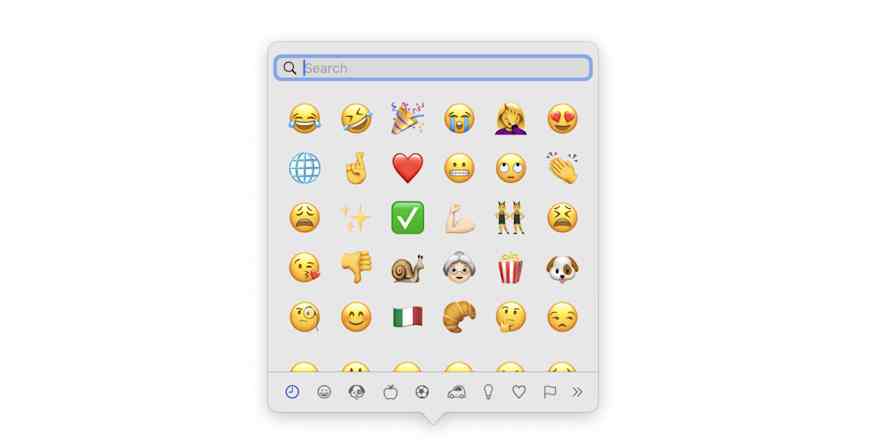Productivity tips
4 min readHow to (appropriately) use emoji at work
You keep using that emoji. I do not think it means what you think it means.
By Justin Pot · May 28, 2020

Get productivity tips delivered straight to your inbox
We’ll email you 1-3 times per week—and never share your information.
tags
Related articles
Improve your productivity automatically. Use Zapier to get your apps working together.








